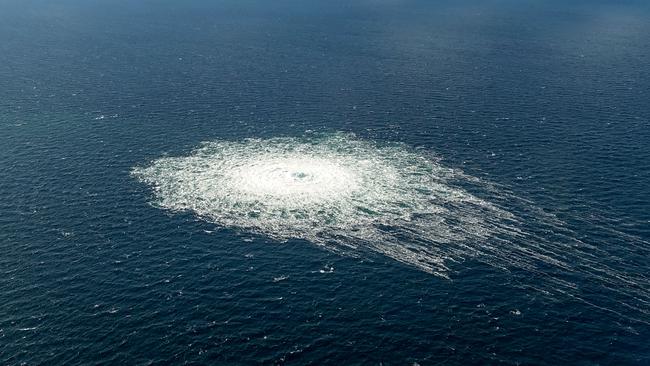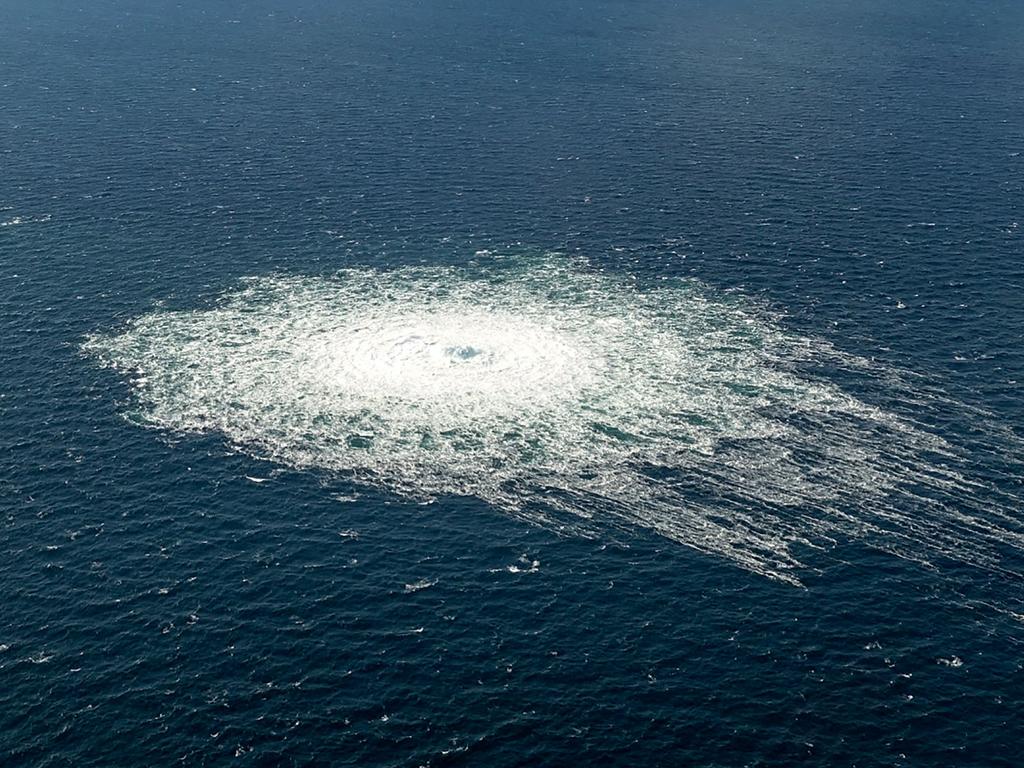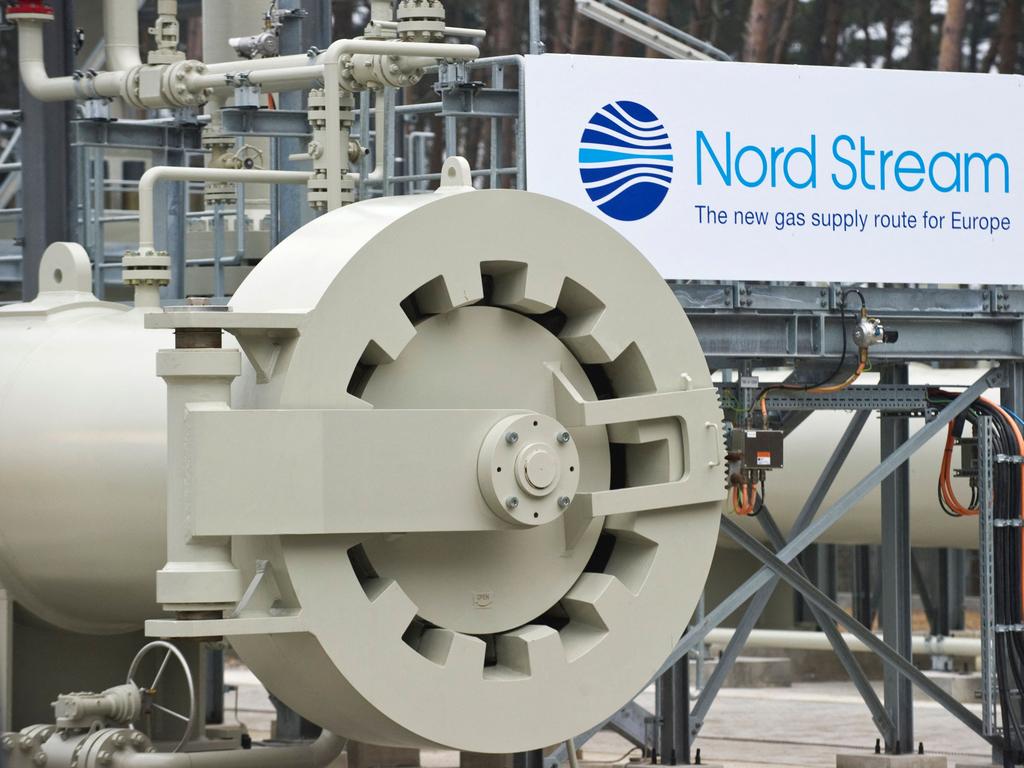Russian gas leak could be environmental disaster
The natural gas bubbling to the surface of the Baltic Sea from two damaged Russian pipelines could equate to the annual output of two million cars or two coal power plants.

Two pipelines from Russia to Germany are leaking, and the natural gas inside of them is bubbling to the surface of the Baltic Sea and venting into the atmosphere. The leaks are a potential environmental disaster, given that methane - the key ingredient in natural gas - is a potent greenhouse gas.
In fact, in a worst-case scenario, the greenhouse-gas emissions from just one of the pipelines could equal the annual emissions of two million cars, according to Andrew Baxter, a methane expert at the Environmental Defense Fund.
What we know
The Nord Stream 1 and Nord Stream 2 from Russia to Germany were both leaking gas from damaged areas of the pipeline under the Baltic Sea on Tuesday. Both pipelines have been extremely controversial since Russia’s invasion of Ukraine. Russia stopped supplying gas through Nord Stream 1 a few weeks ago, a move that European officials suspected was retaliation for Europe’s sanctions against Russia. Nord Stream 2 never started operating after Germany canceled the contract with Russia.
What caused the leaks?
The pipelines were not operating at the time the damage occurred, but were filled with natural gas to keep them pressurized. There’s speculation about what caused the damage, given that pipelines are built to withstand most natural threats, and Swedish seismologists had detected explosions in the area. Some European officials have said they suspect sabotage on the pipeline, potentially caused by Russia. Russia has denied sabotage and pointed the finger at adversaries including the U.S.
Natural-gas futures rose after the extent of the leaks was documented. It now looks unlikely that the Nord Stream pipelines will be able to start pumping again even if the Ukraine war is somehow resolved by the end of the year. European natural-gas futures jumped to €208 per megawatt hour late on Tuesday from €180.
What damage will the leaks do the environment?
The environmental impact could also be large.
It’s “unclear how they can get the pipeline to stop leaking before all of the inventory is lost,” Baxter wrote in an email. “Conditions look extremely dangerous and [there’s] no way to bring diving vessels or subsea remotely operated vehicle vessels anywhere near the site.” It’s difficult to tell at this stage just how much gas will end up venting into the atmosphere. Each pipeline had 177 million cubic meters of gas stored inside to keep them pressurized, under the possibility that gas shipments could eventually be restarted. Ninety per cent of natural gas is methane, so if all of the gas in one of the pipelines vented into the atmosphere, then 160 million cubic meters -- or 107,000 tons -- would be released.
Methane is 80 times as potent as carbon dioxide as a greenhouse gas, so that’s the equivalent of about 8.5 million tons of carbon emissions -- or the annual output of two million cars or two coal power plants.
The war has already unsettled energy markets in ways that are harming the environment. Coal use has soared, for instance, as natural-gas prices have risen. With the damage to the pipelines, the war’s environmental toll will continue to rise.
Dow Jones







To join the conversation, please log in. Don't have an account? Register
Join the conversation, you are commenting as Logout